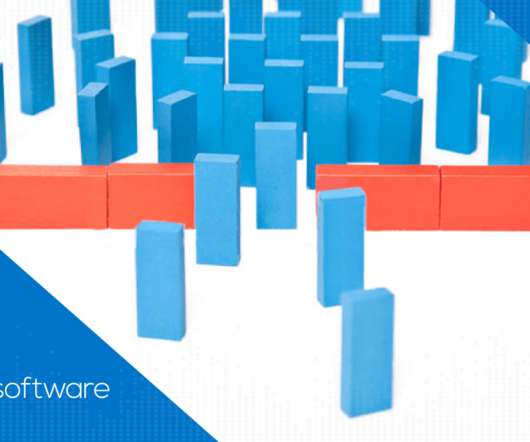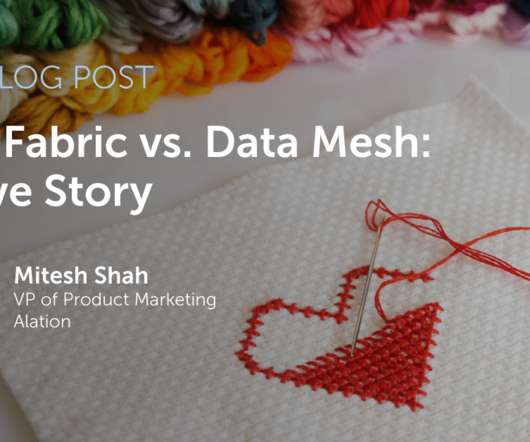Understanding Data Entities in Microsoft Dynamics 365
Jet Global
OCTOBER 7, 2020
In the future, customers will be able to deploy Data Entities and replicate transactional tables in an Azure Data Lake. Technical skills required : Creating and managing data entities requires fairly deep technical skills that can be scarce and costly. Microsoft is currently developing this capability.













Let's personalize your content